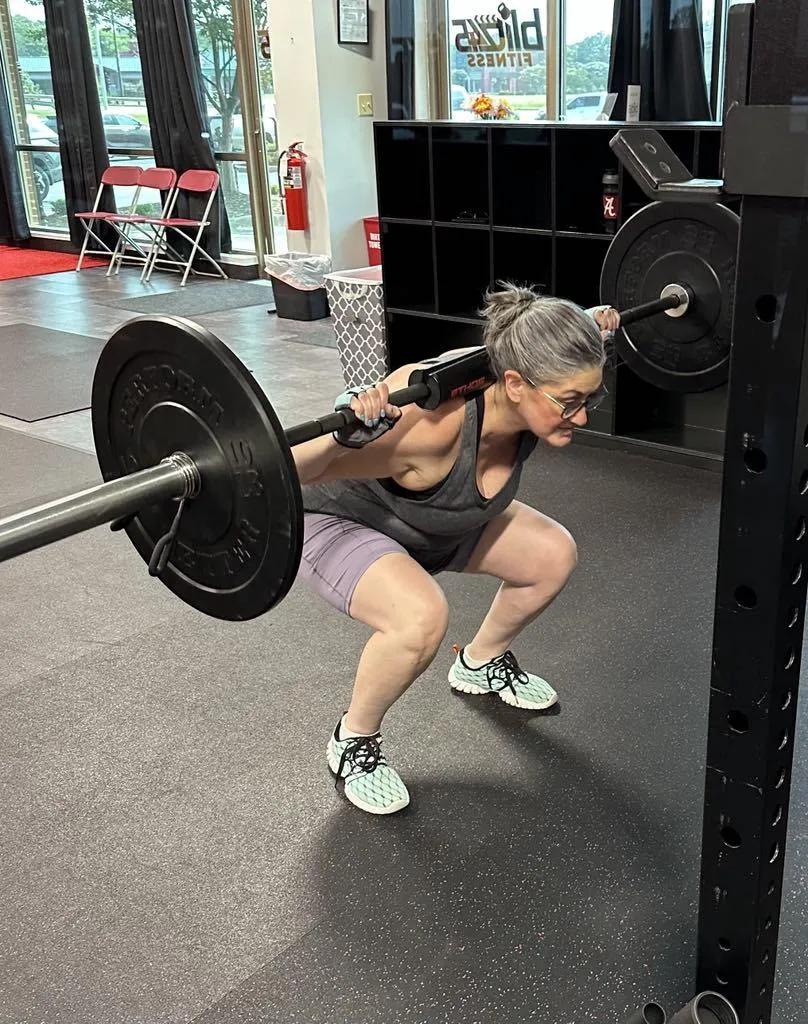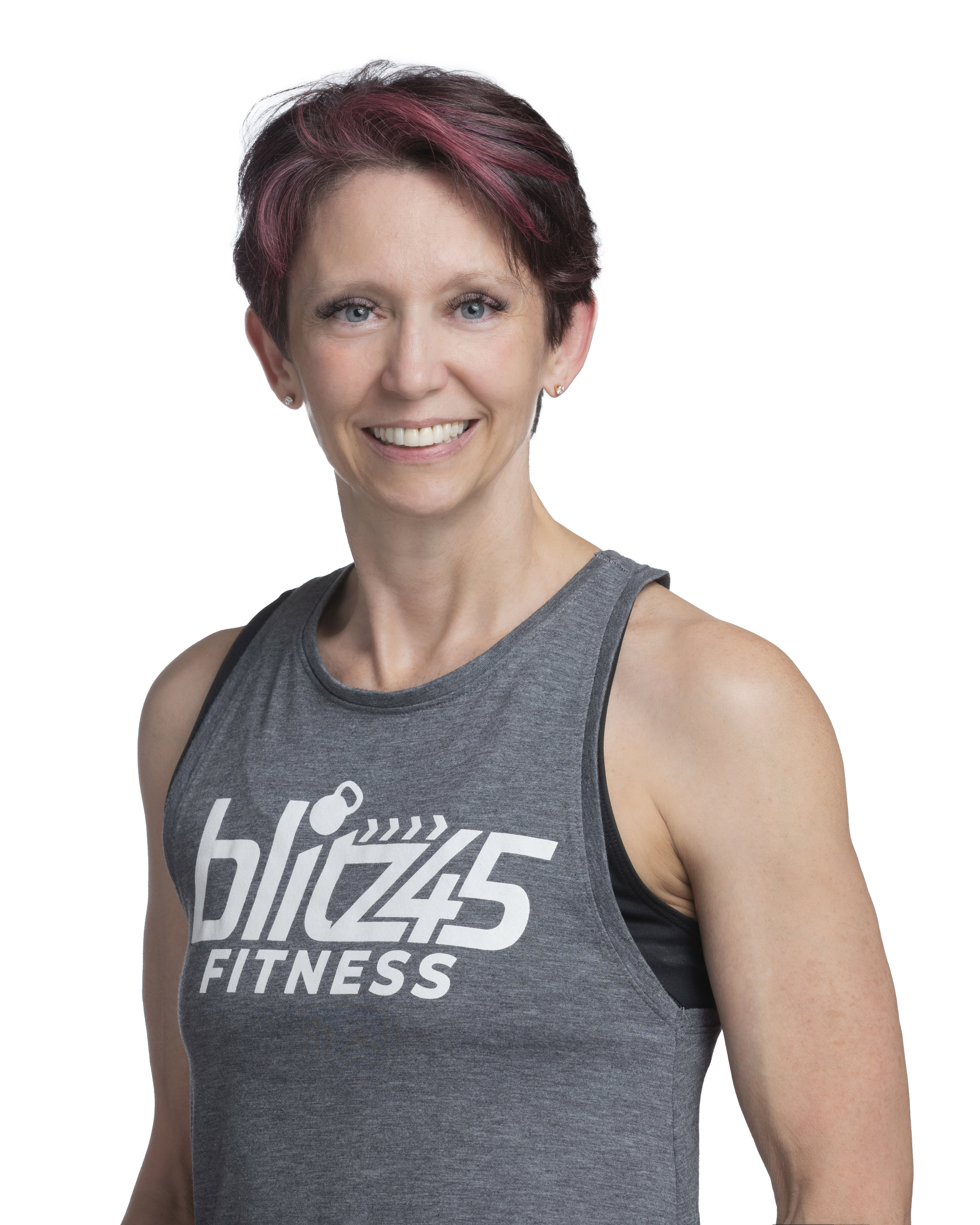
Use It or Lose It: What Aging Really Looks Like—And How to Rewrite the Story
On Saturday mornings, I run with a group. One of the most consistent members? A 67-year-old man who runs 10 miles and finishes before I’m done with my 8. He strength trains on Mondays and Fridays. He runs Tuesday through Thursday, does a long run on Saturdays, and recovers with an easy 3 miles on Sunday. When I asked him why he trains so consistently, he said:
“Use it or lose it.”
That stuck with me—because I see what losing it looks like every single day. And it’s not just about age. It’s about movement—or the lack of it.
The Harsh Reality (With a Dose of Compassion)
I know people my age—in their early 50s—who can’t make it up the stadium stairs without stopping to rest. Others need a scooter just to get through a routine grocery trip—or to enjoy a day at an amusement park with their grandkids. And some don’t even try anymore—because it feels too hard. The grocery store becomes delivery only. Vacations are out of the question. Life starts to shrink.
My own mother, at 75, uses a wheelchair at the airport because even short distances leave her out of breath.
And at my gym, I meet people every week who struggle just to get their shoes on or off—even while sitting in a chair.
It’s not because they’re lazy.
It’s because they’ve adapted to a world that encourages sitting: long hours at desk jobs, neighborhoods that require a car to go anywhere, cities not built for walking. The body simply responds to how it's used—or not used.
And movement isn’t the only thing working against us.
Let’s talk about food noise—the constant barrage of ultra-processed, hyper-palatable junk food that’s been scientifically engineered to make it nearly impossible to stop eating.
Add to that a food industry stacked against your health, full of chemicals, seed oils, additives, and cheap ingredients—convenient, yes, but deeply damaging.
Many people live in food deserts, where access to fresh, whole foods is limited, and fast food is easier and cheaper than real nourishment. And our government hasn’t always looked out for us. Policies have long favored big food lobbies over public health, promoting products that fuel chronic illness while calling them “part of a balanced diet.”
So no—it’s not all your fault.
But it is your body, your life, and your future.
And you still have power to change the trajectory.
This isn’t just about aging.
This is about what happens when we stop moving, start disconnecting, and no one teaches us how to fight back.
Sarcopenia Isn’t Inevitable. It’s a Wake-Up Call.
We’ve been taught to expect decline as we age. But what if it’s not aging itself that’s to blame?
Sarcopenia—the loss of muscle mass—isn’t a given. It’s a result of disuse.
When we stop lifting, stop moving, and stop challenging our bodies, we begin to lose muscle, mobility, and confidence. And it doesn’t happen overnight—it creeps in quietly until tying your shoes or climbing stairs becomes a challenge.
The good news? You can do something about it.
We've Normalized Being Unwell
I’ve had conversations with women—many well over 200 pounds—who say, “But I don’t look that big. I don’t want to get too skinny. That doctor’s chart doesn’t apply to me.”
And you know what? I get it.
It’s not always about the number on the scale. I’m not here to tell you to chase a number, be a “skinny minnie,” or match what a medical chart says you should weigh.
But here’s the thing:
If your body can no longer do the things you need it to—like walk through the store, climb stairs, get off the floor, or keep up with your kids or grandkids—then it’s time to make a change.
We’ve gotten so used to feeling tired, heavy, and uncomfortable that we’ve started to believe that’s just how life goes. We compare ourselves to others who are also struggling and say, “I’m doing okay.”
But just because something is common doesn’t mean it’s okay.
And just because it’s not your fault doesn’t mean it isn’t your responsibility now.
You deserve a body that lets you live fully.
That lets you move freely.
That lets you say yes to life instead of sitting it out.
I Remember a Movie…
There was a children’s movie years ago—WALL-E—where humans had stopped walking altogether. They floated around in high-tech chairs, sipping calories, staring at screens, and losing the ability to even stand up. Their bodies had adapted to decades of sitting, overconsumption, and inactivity.
It was supposed to be fiction.
But look around—in airports, offices, shopping centers—you’ll see that it’s already happening. And not because people are bad or broken. But because we’ve stopped giving our bodies the movement and care they were designed for.
You Don’t Have to Run 10 Miles
You don’t need to be my 67-year-old running buddy. You don’t need to deadlift 300 pounds or train like an athlete.
But you do need to move.
You do need to get stronger.
And you do need to stop waiting for “later” to make your health a priority.
Because later is already showing up—and it’s getting harder by the day.
Here’s What You Can Do Right Now:
Walk every day—even just a few minutes.
Strength train 2–3 times per week (especially if you're over 40).
Prioritize protein, hydration, and quality sleep.
Stop relying on motivation. Start building discipline.
Surround yourself with people who want to age well—not just survive.
Rewrite the Story—Before It’s Written for You
The body you’re building today is the one you’ll rely on tomorrow.
Will it carry you through airports, up stairs, and into experiences with your loved ones?
Or will it limit you, confine you, and quietly take pieces of your life away?
You don’t have to settle for decline.
You don’t have to accept weakness, discomfort, or disease as your fate.
You just have to start moving again.
Because in the end, it’s not “use it or lose it.”
It’s: use it—or lose the life you want to live.
Ready to Get Stronger?
If you’re tired of feeling stuck, unmotivated, or unsure where to start—you’re not alone, and you’re not broken. You just need the right support.
Click here to schedule your free consultation and let’s talk about your goals, your lifestyle, and how we can build a body that works for you—now and for years to come.
Your story isn’t over.
But it is time to turn the page.
